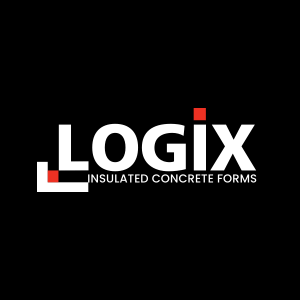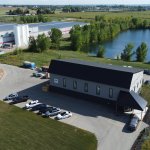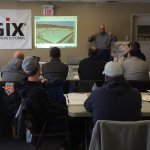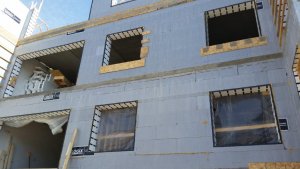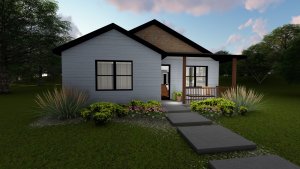Labor shortages persist across the US and Canada and the skilled labor needed to construct conventionally-built high-performance homes is becoming particularly hard to find. As a result, some innovative developers are pivoting away from conventional wood frame construction and embracing a construction technology that demands far less skilled labor while offering higher levels of energy efficiency: insulated concrete forms (ICFs).
This is the story of an innovative family owned developer team out of Kansas and how Logix ICFs and the Logix ICF Small Home Design – The Heartland 1250 – are playing key roles in their new sub-division of high-performance homes.
Atteberry Homes - Background
Atteberry Homes is a residential developer based in Wellsville, Kansas, owned by a husband-and-wife team, Paul and Mary Atteberry as well as their son Ethan.
Incidentally, the Atteberry’s company is member of Epcon, a franchise network that positions local builders to succeed by providing support, popular floor plans, sales training, land use planning, and other valuable resources.
However, the Atteberrys still had two main obstacles on their path.
First, their company’s vision focused on building high-performance homes and this was something outside of Epcon’s core area of expertise.
Second, like many other builders in recent years, the Atteberrys were faced a shortage of skilled labor. The latter directly affects the former, since skilled labor is typically necessary for building conventional high-performance homes.
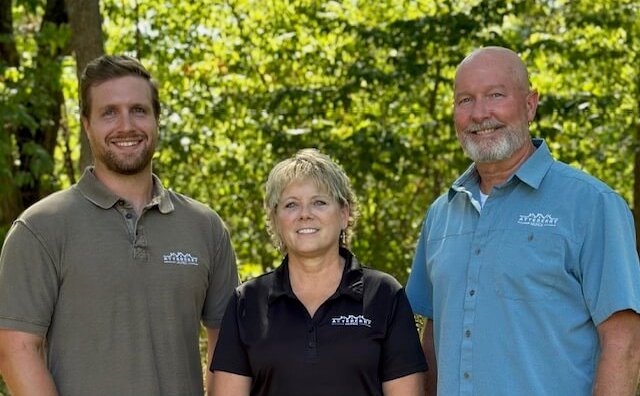
The Atteberrys recognized that building with Logix ICFs could be the key to achieving their vision and tackling their shortage of skilled labor problem. That’s because homes built with ICFs not only boast unmatched levels of long-term energy efficiency but are also relatively simple to construct even without highly skilled crews.
And as well, ICFs have a far more stable price point than lumber, which can be notoriously volatile. This price stability was another factor that worked in favor of ICFs as Paul and Mary fine-tuned their construction model.
How ICF Homes Solved the Skilled Labor Issue for Atteberry Homes
It typically takes framers years to become experienced journeymen whose output meets the elevated quality standards of high-performance houses. In contrast, the Atteberrys found that an ICF installer can become proficient in their craft after only weeks of practice in the field. In fact, they feel that a competent laborer can gain up to 80% of the experience required to perform the job after just a solid half-day of on-site ICF training.
The ability to quickly train and assemble crews that can construct ICF homes is what the Atteberrys see as key solution to the persisting labor shortage. In practical terms, they feel not having to hire so much highly skilled labor could allow them to scale up to 20 homes per year from their current output of about 3-4/year in relatively short order.
Logix ICF Homes For Subdivision
Having established that ICF homes offer the best chance of meeting the company’s quality and output objectives, the Atteberrys partnered with Logix ICF through Form Systems, the local manufacturer of Logix ICFs.
They purchased a parcel of land with enough area to subdivide into 17 lots and they settled on the Heartland 1250 model, a small home design created and offered by Logix.
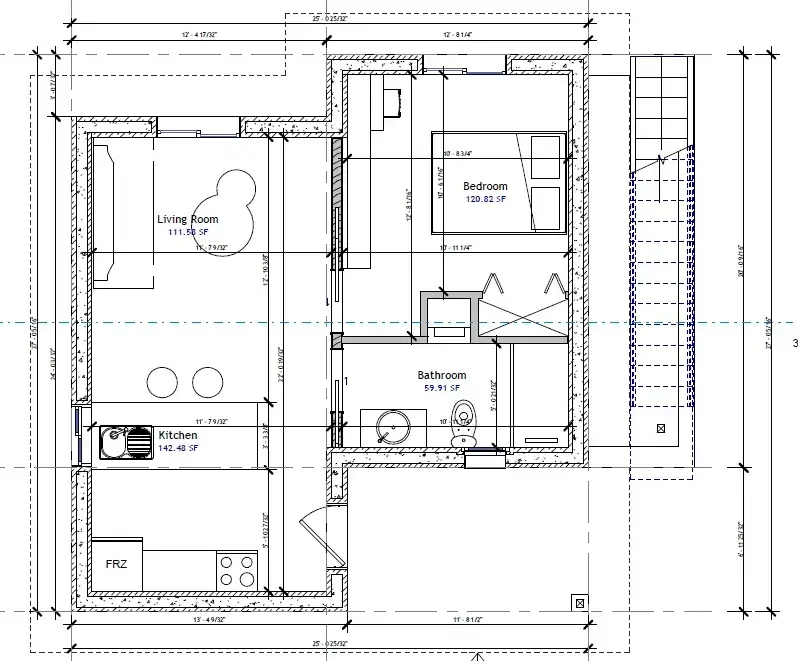
However, the Atteberry team decided to perform the following modifications to the existing Heartland design:
- Add a mechanical room
- Add an ICF-constructed 2-car garage
- Increase the master bathroom and closet floor area
- Increase the front room area to accommodate a dining table
- Remove the hallway next to the garage
- Add an Energy Recovery Ventilation system to expel stale air outdoors and pump fresh air to the interior
- Tweak the interior configuration to make the homes universal
After all the modifications, the home had a floor area of 1,417 ft2, which was roughly 300 ft2 larger than the original Heartland 1250.
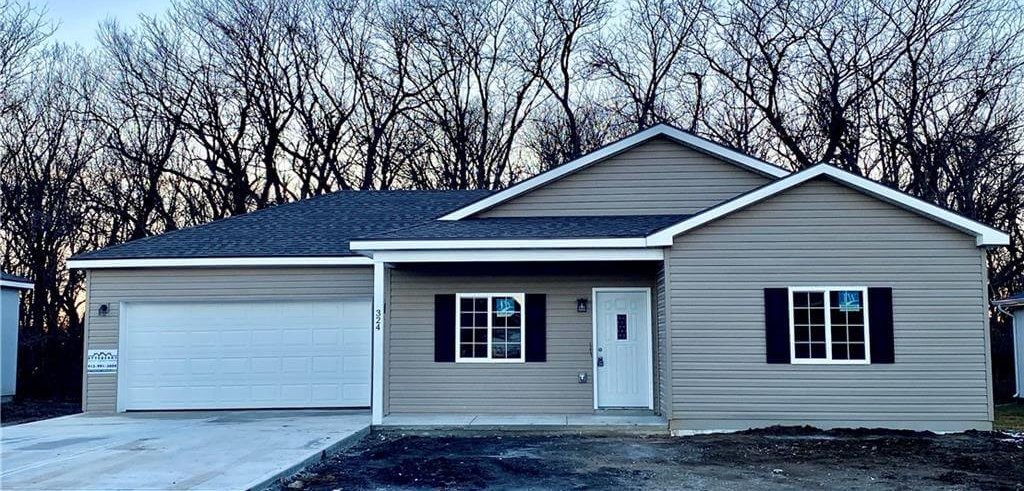
Of course, the modified construction drawings needed a stamp from a Kansas-licensed engineer and architect before the local building department issued the permit and construction got underway.
Once construction started, though, the Atteberrys quickly observed the value of ICF as a building material: It took just about two weeks to erect the ICF walls, from start to finish. And that’s without having highly specialized and skilled crews on site!
Don't miss a thing!
Subscribe for the latest in the ICF world, exclusive content, insider industry news and limited edition webcasts.
If you are a developer or builder experiencing a shortage of skilled labor, Logix ICF can provide an immediate solution. Click here to get started now!
Atteberry Homes HVAC Design
Along with a properly insulated and airtight exterior, effective HVAC design is a key piece of the puzzle in high-performance homes. To this end, the Atteberrys liaised with Jake DeWerth, president of American Building Performance Inc. who helped them design their HVAC system.
Ultimately, Atteberry Homes come equipped with an air-source heat pump (ASHP) that’s situated on the floor of the vented attic, with insulated ducts. For optimal heat distribution, Jake created an intricate network of ducts of varying sizes to properly serve different parts of the house.
Wrapping It Up
To date, Atteberry Homes have completed and sold two homes, both 1,419 ft2 with 3 bedrooms and 2 bathrooms:
The homes sold for $319,000 and $330,000. The difference between the two identical homes stems solely from upgrades and changes in the design.
The Atteberrys are now working on their third home are hoping to ramp up production now that they’ve found a construction technology and overall strategy that helps them build inexpensive high-performance homes, quickly.
